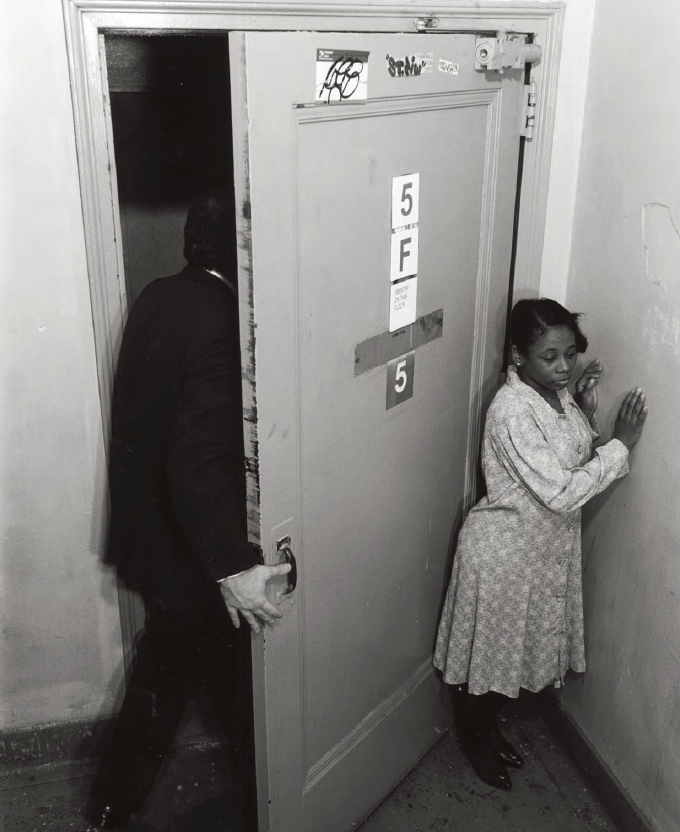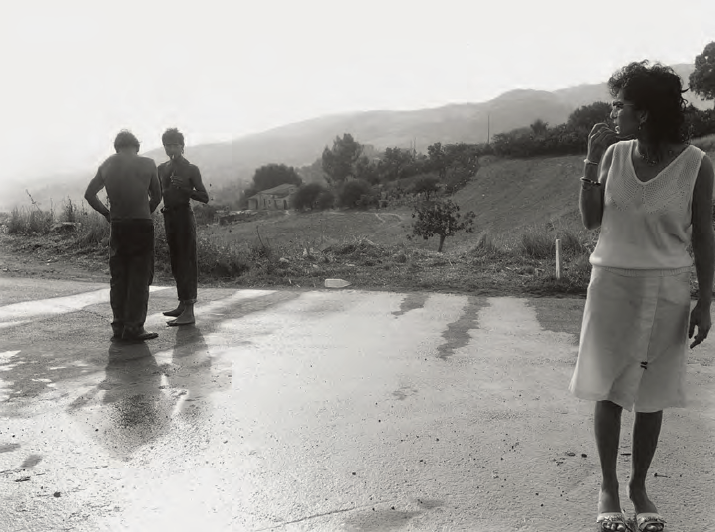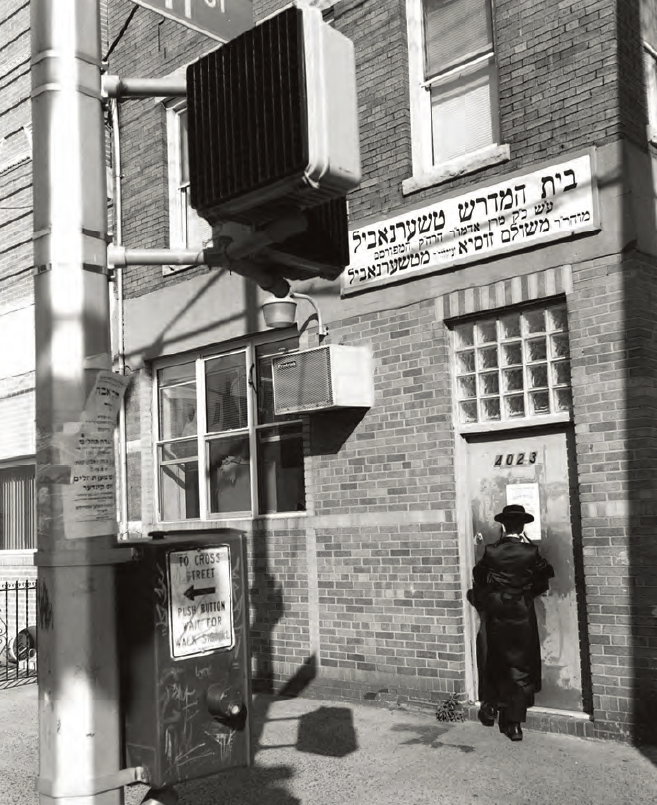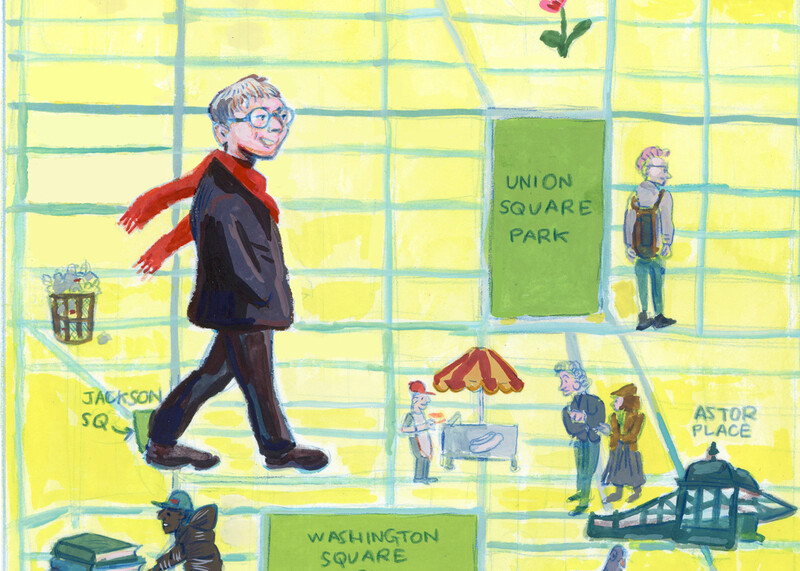The urge to understand through observation what is closest at hand is as old as art itself, and photography is especially suited to the pursuit. For more than 30 years, most of Thomas Roma’s photography projects have involved life in his native Brooklyn. When his interest and curiosity have demanded it, he has traveled to take pictures in northern New Jersey, Pennsylvania, and Sicily, his ancestral starting point.
Some 80 photographs depicting Roma’s interests and curiosities make up “Pictures for Books: Photographs by Thomas Roma,” a new exhibition opening on January 19 at the Miriam & Ira D. Wallach Art Gallery. The title refers to Roma’s preference for displaying his pictures in book form, rather than in the enormous wall-sized enlargements that are so much a part of the contemporary art scene. The modest format complements his modest subjects: the small gardens of his neighborhood, bathers at a public pool, passengers riding the elevated train, working-class houses, present and former synagogues, people at criminal court, worshippers at black churches, shepherds in Sicily. Roma shows us ostensibly mundane scenes, richly detailed and closely observed.
By engaging so obsessively with his surroundings — walking down familiar and unknown streets, knocking on church doors, driving, talking with strangers, taking pictures, then developing film and working through the laborious, repetitive trial-and-error process of making perfect prints — Roma gives us a sense that his effort, curiosity, and affection are balanced or nurtured by an underlying element of discontent. Why else the intense searching, reviewing, framing? And what is this rigorous attentiveness, recorded in picture after picture, but Roma’s attempt to reconcile or confront this discontent, and to transform it? So the plainest objects, the most humble architecture, and the most ordinary neighbors emerge and take their rightful place in the heightened world of Roma’s photographs.
Roma printed many of the pictures in the exhibition on a lightweight photographic paper stock called thesis paper. Unlike conventional photographic paper, thesis paper does not have a bright white baryta layer beneath the light-sensitive photographic emulsion layer. The resulting printed image has a luminous quality, as though light were emanating from the picture itself. The choice of paper brings a special feel to Roma’s sunlit photographs of Sicily.
Roma has been director of the photography program at the School of the Arts since 1996. His books of photographs include, among others, Come Sunday; Found in Brooklyn; House Calls with William Carlos Williams, MD (with Robert Coles); Sunset Park; Higher Ground; Enduring Justice; Sanctuary; Sicilian Passage; and On Three Pillars.





